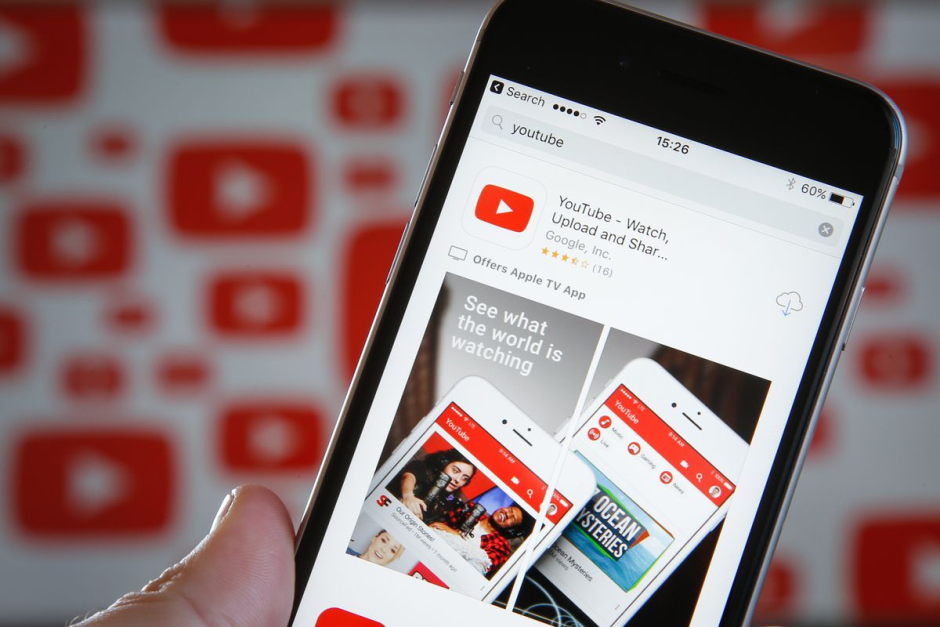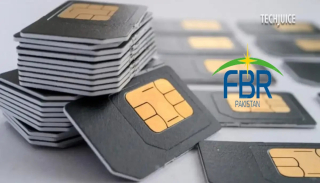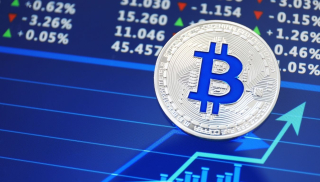YouTube has changed the requirements for its platform that makes people earn money.
For the past couple of years, YouTube has been tightening their rules that makes it even harder for Youtubers to earn money from ads which run before and during the video. According to the new rules, to apply for monetization, the user must have tailed 4,000 hours of overall watch time on their channel within past 12 months and have at least 1,000 subscribers.
To earn advertisement income, YouTube has introduced a YouTube Partner Program (YPP). Youtube will apply the new eligibility criteria to all existing channels as of February 20th. The channels that will be failed to meet the policies, will no longer be able to earn money from ads.
The American video-sharing website, YouTube has millions of users around the world. Previously, uploaders only need a total of 10,000 views to run ads on their videos that will generate ads’ revenue without any specific requirement for annual viewing hours.
Well thank you @youtube You have now just screwed over small creators even more now. We don’t get fed into the algorithm that pushes videos without monetization options. So how do we grow if we don’t get exposure? You realize your strangling us? #Youtube #YouTubePartnerProgram pic.twitter.com/jNXCBfYCLn
— PVG (@OdinPVG) January 17, 2018
These changes will make it harder to reach monetization for smaller channels. YouTube has to protect their creator ecosystem by ensuring their revenue to be more stable.
YouTube has announced in a blog post,
“We’ve arrived at these new thresholds after thorough analysis and conversations with creators like you. They will allow us to significantly improve our ability to identify creators who contribute positively to the community and help drive more ad revenue to them (and away from bad actors)”
YouTube’s new rules have been introduced after the Logan Paul controversy. These rules will stop the bad actors from harming content material to be shared on the channel and get adds alongside the videos.
YouTube is trying to effectively communicate its YouTube Spouse Program plan before demonetizing the channels that will not meet the eligibility criteria.












